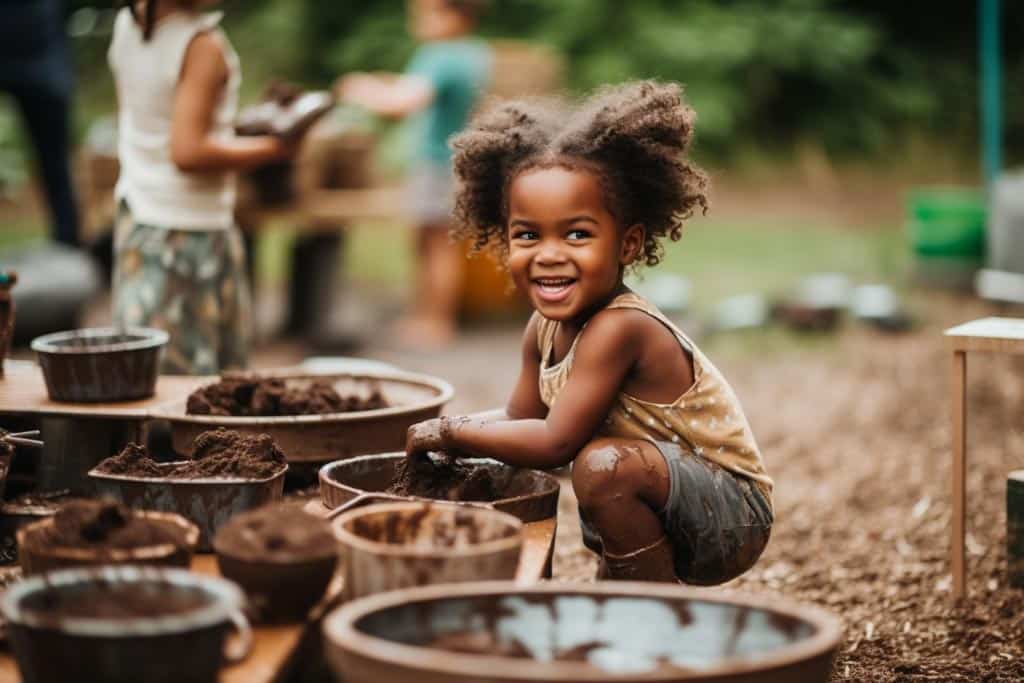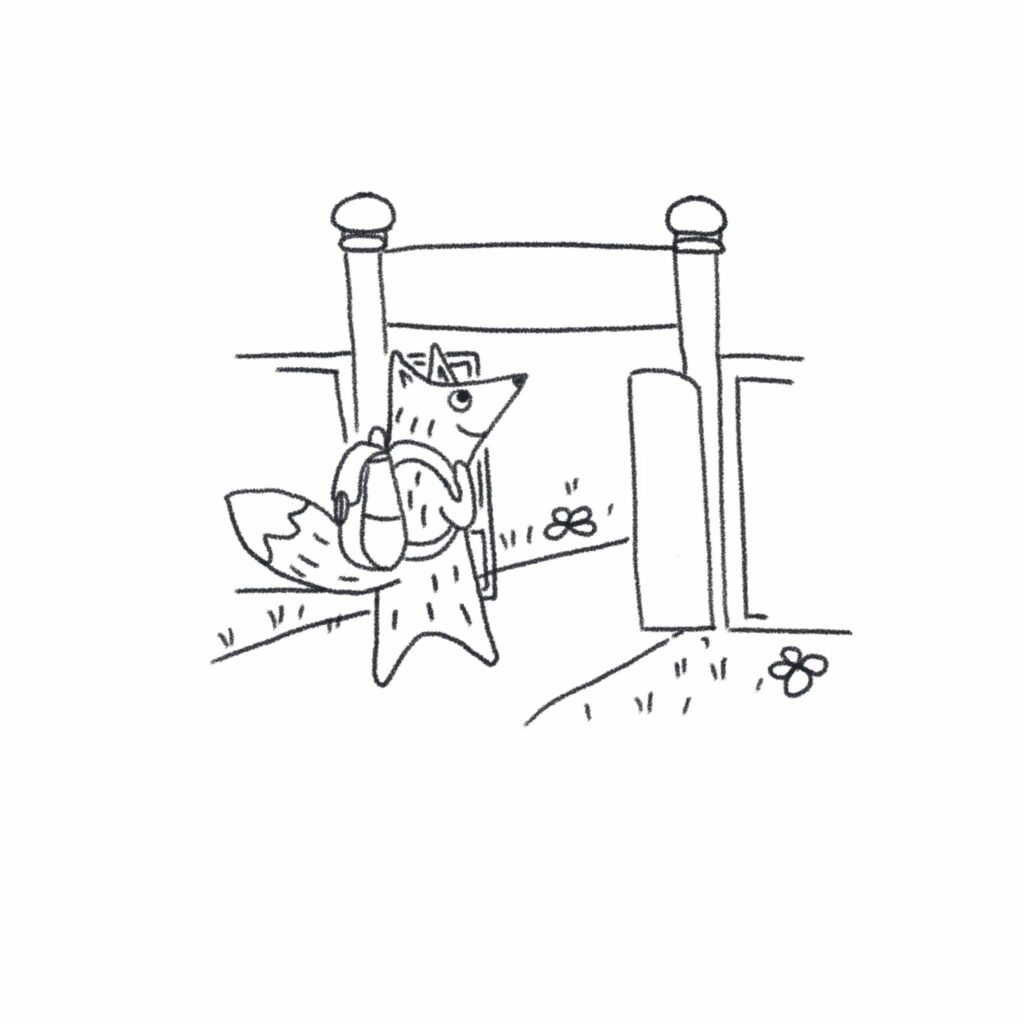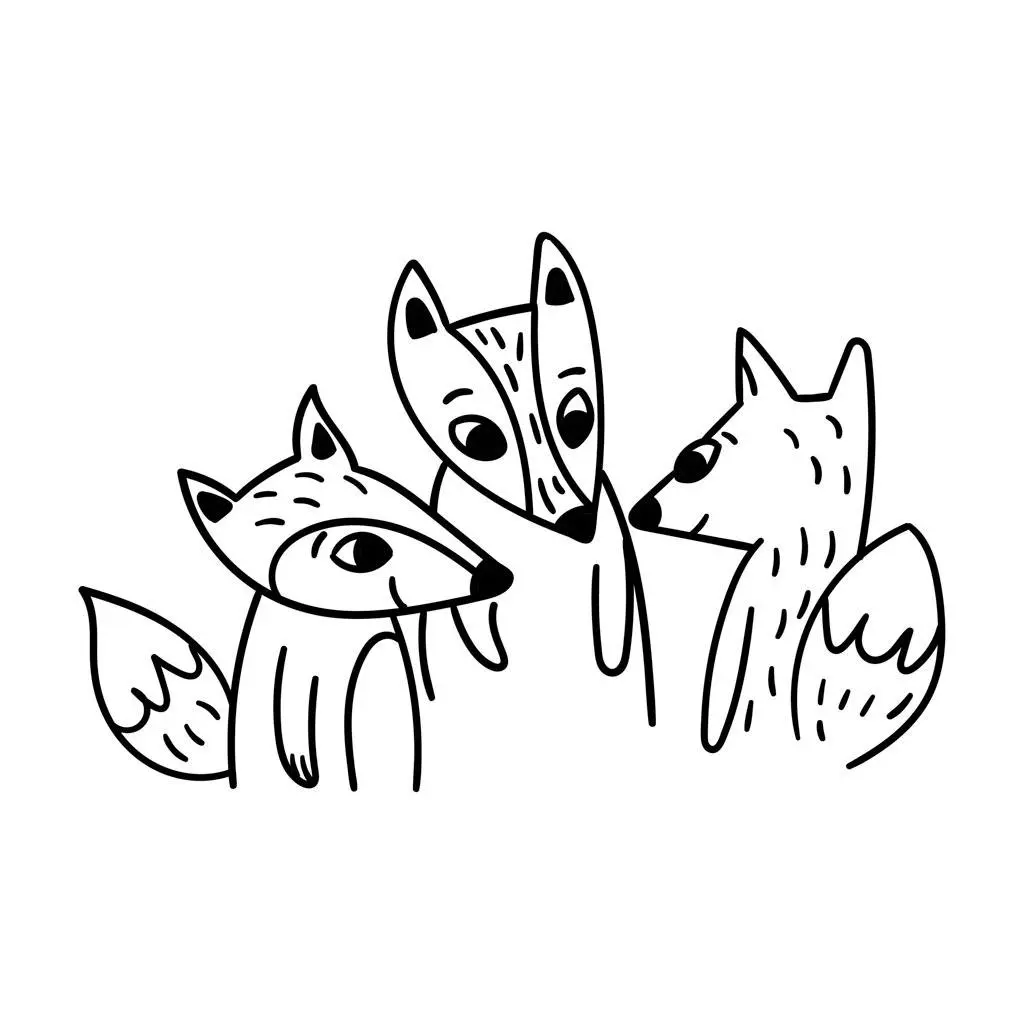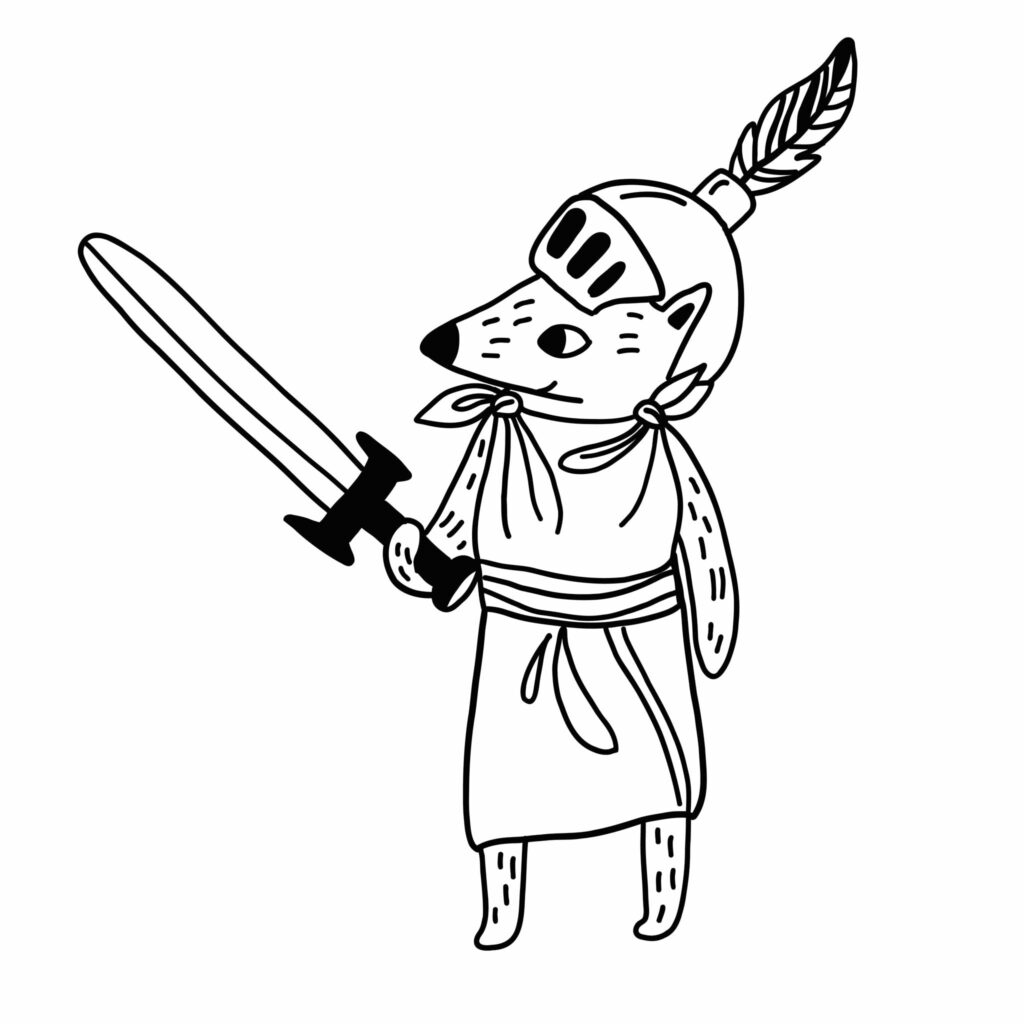Does your child love to play in the dirt? If so, a mud kitchen might be the perfect addition to your outdoor space. A mud kitchen is an outdoor play station that allows children to engage with nature while fostering creativity, learning, and motor skills. This guide will walk you through the process of making a mud kitchen and highlight the many developmental benefits it offers.
Understanding the Concept of a Mud Kitchen
A mud kitchen, as the name suggests, is a simple, child-sized outdoor kitchen designed for playing with mud and other natural elements. Equipped with old pots, pans, spoons, and buckets, it becomes a place where children can concoct their own mud pies and other imaginative recipes.
Why Mud Kitchens are Beneficial for Child Development
Mud kitchens provide numerous developmental benefits. Physically, they help children develop fine motor skills and hand-eye coordination through activities like stirring, scooping, and pouring. They also stimulate sensory exploration as children engage with different textures and temperatures. Beyond these physical benefits, mud kitchens promote imagination, creativity, and role-playing, enhancing a child’s cognitive development and social skills.
Materials Needed for Your Mud Kitchen
Creating a mud kitchen doesn’t need to be expensive. You can use recycled or repurposed materials. Here’s a basic list to get you started:
- A table or old wooden pallets
- Old pots, pans, and baking trays
- Utensils: spoons, spatulas, whisks
- Buckets and basins
- Mud and water source
Choosing the Perfect Spot for Your Mud Kitchen
Choose a spot in your garden that is safe, easy to clean, and partially shaded to protect from direct sunlight. Ensure the area is free from harmful objects or plants and is within sight for supervision.
How to Build Your Mud Kitchen
Building a mud kitchen can be as simple or as complex as you like. An easy version could involve setting a sturdy table against a fence and adding your kitchenware. For a more complex version, consider constructing shelves or cabinets from old pallets. Ensure all structures are secure and child-friendly.
Creating Accessories for Your Mud Kitchen
Gather old pots, pans, and utensils from your own kitchen or second-hand stores. The more varied, the better – it will give your child a plethora of choices for their imaginative cooking!
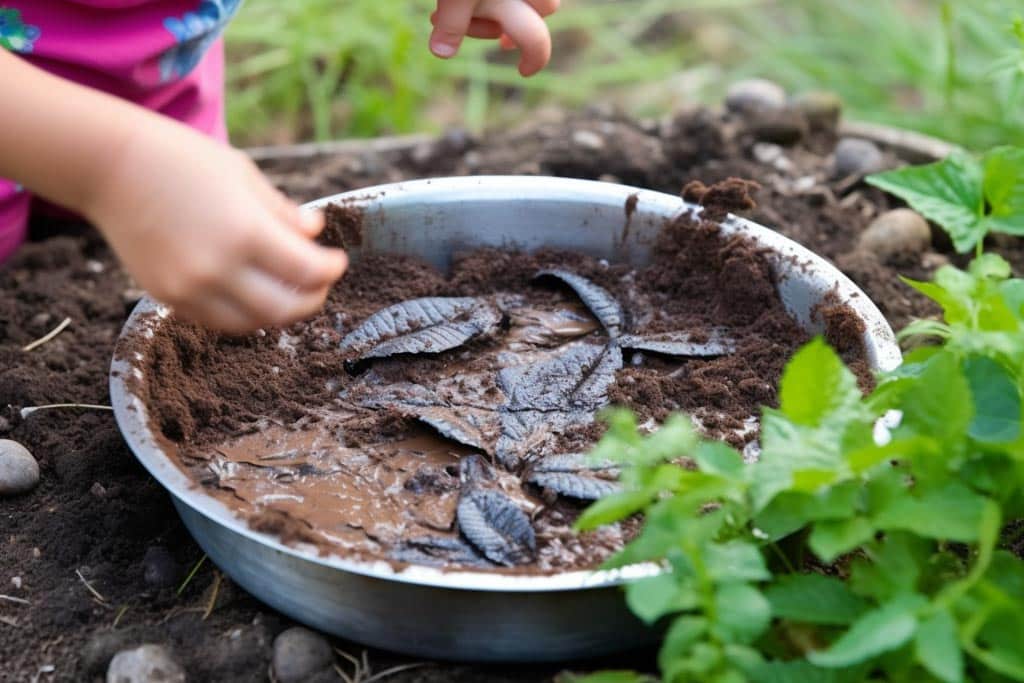
Recipes for Fun: Making Mud Pies
The crowning glory of any mud kitchen is the mud pie. Encourage your child to add water to dirt to create the “dough,” then use their hands or a spoon to shape it into pies in their pans. Remember, the process is more important than the product; it’s about sensory exploration and creativity.
You will need:
- mud
- sand
- mixing bowl, wooden spoon, jug
- apron
To make mud pies:
Mix together four cups of mud, one cup of sand and some water.
Once you have achieved a good consistency (not too runny) mould your pies into your desired shape and leave to set.
You can add PVA glue to make the mud pies last longer and mix in other materials for variety. Stones, flowers, grass, twigs, things that smell nice (but are not dangerous!) such as lavender (flowers or oil) or perfume can all be added.
Serve to your favourite teddies for high-tea.
Mud Kitchen Play Ideas
Apart from mud pies, children can create “soups,” “cakes,” or even “potions.” Encourage them to incorporate leaves, flowers, and stones for added texture and fun.
Safety Precautions
Ensure the play area is always clean and safe. Regularly check for sharp objects, harmful plants, and ensure that the mud is free from any contaminants. Always supervise children during play.
Clean-up and Maintenance
At the end of each play session, clean the mud kitchen with water and mild soap. Regular maintenance will keep your mud kitchen in good condition and ensure it’s ready for the next round of culinary creativity.
Final word
A mud kitchen can offer endless hours of fun and learning for your child. It encourages them to connect with nature, sparks creativity, and develops important skills. So, roll up those sleeves and get ready for some muddy fun!

